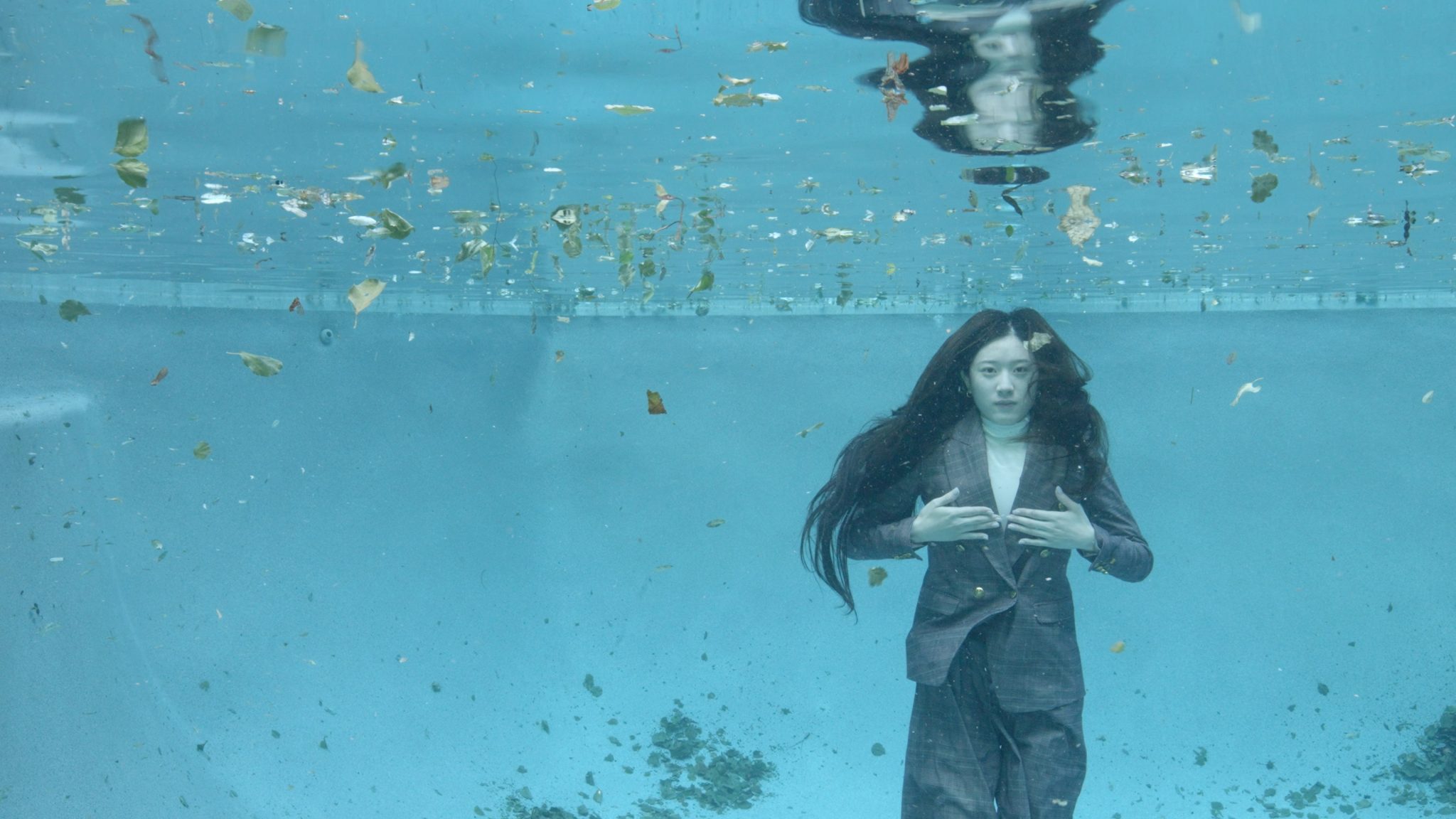From new perspectives on the museum collection to three biennials opening in November, our editors on what they’re looking forward to this month
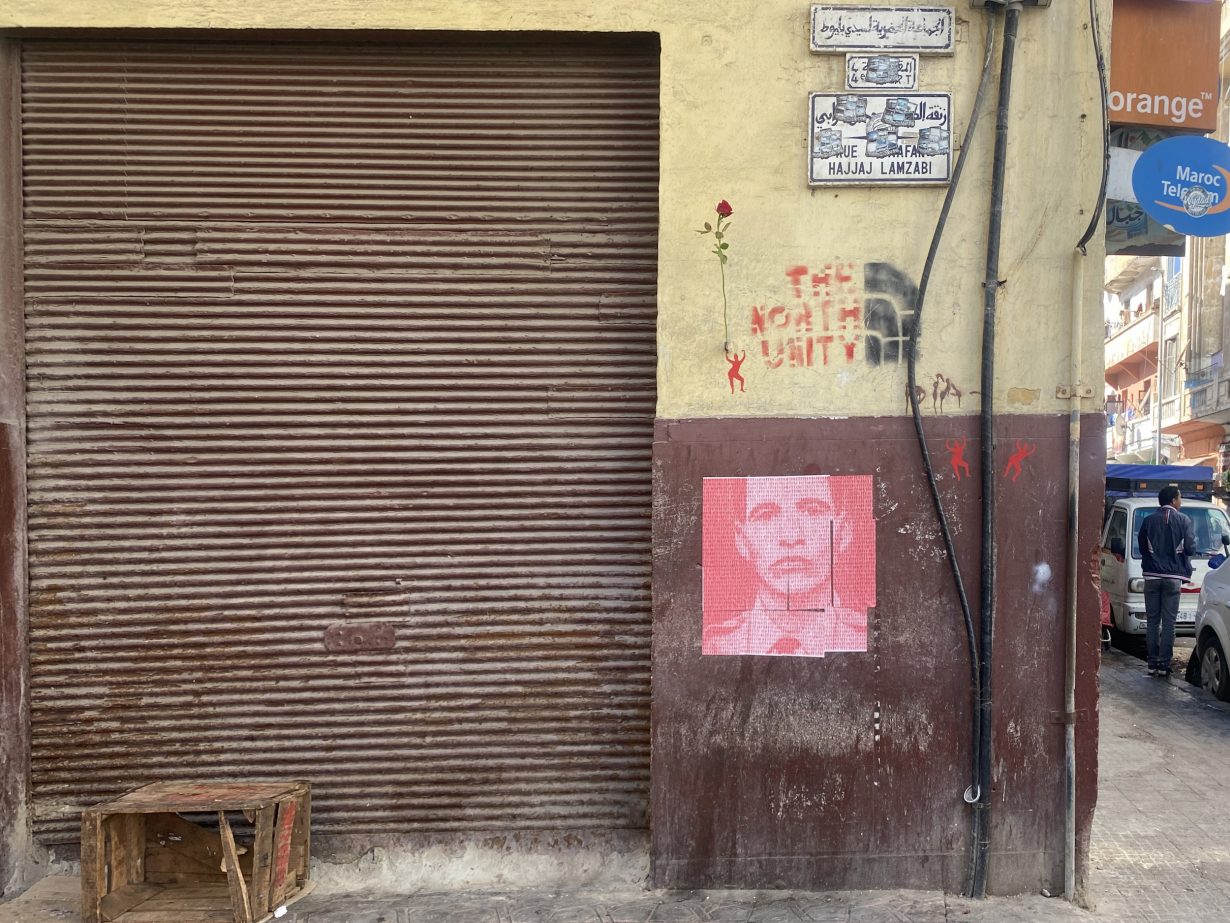
KW on location: School of Casablanca
Various locations in Casablanca: École Supérieure des beaux-arts de Casablanca, Annexe de l’église du Sacré-Cœur, La Coupole, Parc de la Ligue arabe, ThinkArt, 11 November 2023–14 January 2024
After Moroccan independence in 1956, a set of artists sought to turn a former colonial arts education institution into a site of experimentation, a place to help define a contemporary Moroccan art on its own terms. From 1962 to 1987, the school took inspiration from Moroccan craft traditions, like the weavings and metalwork of the Atlas mountains, as well as borrowing what it liked from Western movements like Abstract Expressionism to create a varied, vibrant outpouring of painting, graphic design, architecture and textiles, helping to publish the cultural review Souffles, and staging events and exhibitions in outdoor squares and parks. While the touring exhibition The Casablanca Art School has been introducing audiences outside of Morocco to the actions and innovations of the school (currently at Tate St Ives, and travelling in 2024 to Sharjah Art Foundation, UAE and the Schirn Kunsthalle, Germany) as a more historical exposition of the remnants of this dynamic period, this five-venue exhibition seeks to reinhabit some of the school’s original ethos and energy, and in some literally occupying the same physical spaces, including the park. With residencies and events that began in 2020 shaping the show, new commissions from artists such as Celine Condorelli, duo Bik Van der Pol and Nassim Azarzar sit alongside archival material, School of Casablanca asks again, what can an art school be? Chris Fite-Wassilak
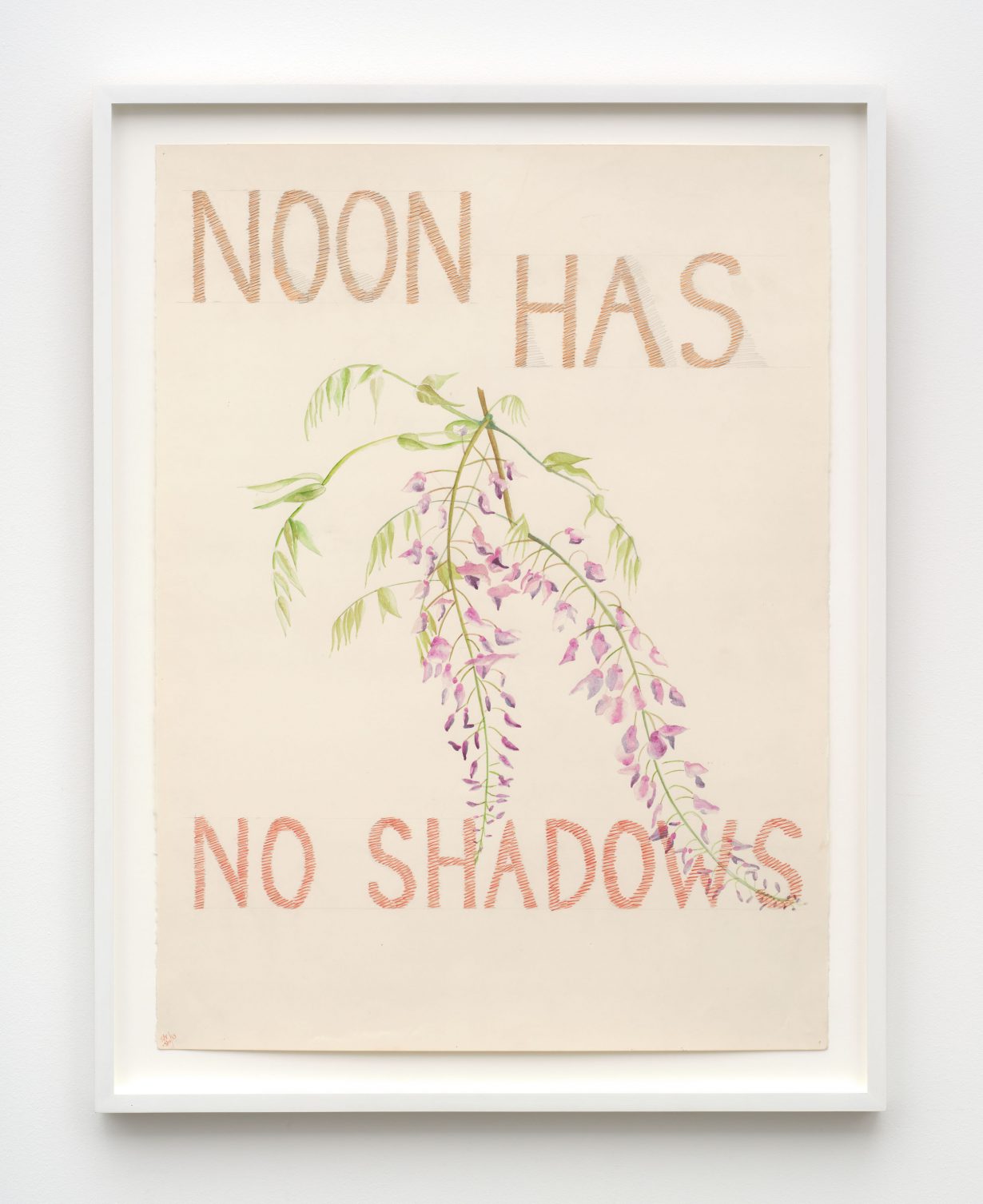
Rosemary Mayer: Noon Has No Shadows
Hannah Hoffman and Marc Selwyn, Los Angeles, 12 November–23 December
The first exhibition by Rosemary Mayer in Los Angeles, Noon Has No Shadow, is spread across two galleries in different parts of the city and gives viewers a wide-ranging impression of the late artist’s work. At Selwyn there will be a presentation of two bodies of work from the late 1970s and early 80s, whereas at Hoffman a more non-linear presentation of works made between the early 1970s and 90s will be on view, including site-specific works recreated in collaboration with the Estate of Rosemary Mayer. The work of Mayer, whose practice moved from being incredibly engaged with conceptual art to a sculptural practice interested in methods of draping, knotting, stretching and balancing materials, and who was a founding member of New York feminist collective A.I.R. is a crucial node in the history of conceptual art, fibre and textile, and feminist art. Mayer, who died aged 71 in 2014, has been the subject of several major exhibitions in the past few years, including a travelling show, Ways of Attaching, which was shown at Swiss Institute, New York; Ludwig Forum, Aachen; Lenbachhaus in Munich and Spike Island, Bristol. A book of her correspondence with her sister, poet Bernadette Mayer, was also published to coincide with the show. The book, The Letters of Rosemary and Bernadette Mayer, 1976-1980 shows the sisters critiquing each other’s work and exchanging notes on process. The interest in their work has reawaken at a similar time, and their positions – their feminism, humour and thoughtful approach to politics – feel incredibly relevant today. Orit Gat
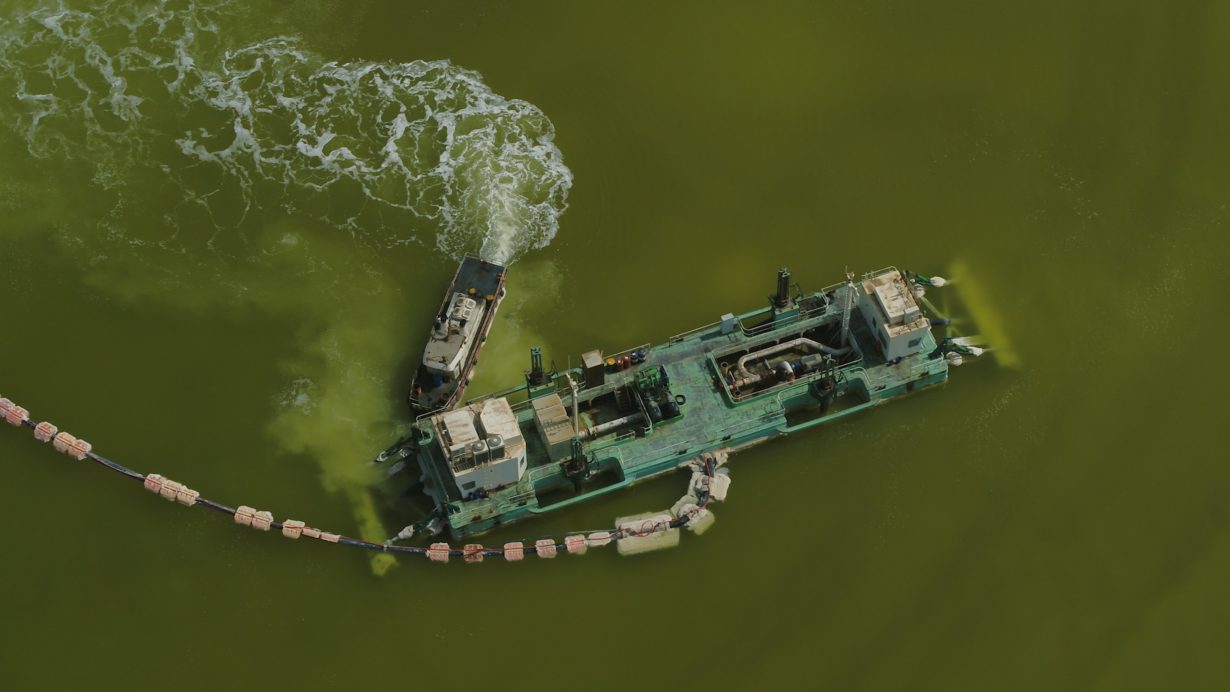
Liu Chuang: Lithium Lake and Island of Polyphony
Antenna Space, Shanghai, 4 November–30 December
In his 2018 video essay Bitcoin Mining and Field Recordings of Ethnic Minorities, Liu Chuang surveyed the intersecting networks of technology, ecology and finance in the process of bitcoin mining, in which what seems to be a decentralised economic order is materially realised in China’s north- and southwest frontiers, in close proximity to state infrastructure. Lingering between a ‘a shaggy-dog story and an academic thesis’ – as Mark Rappolt calls it – Liu Chuang’s work often takes an ethnographic bent and traces the flow of materials that escape narratives of technocapitalist progress. In his most recent work Lithium Lake and Island of Polyphony, Liu explores the world’s recent lithium boom resulting from increasing reliance on batteries, combining a history of exchange of another chemical – silver – in previous centuries, the story of the ‘sophons’ (proton-sized supercomputers) from Liu Cixin’s Three-Body Problem and footage of fieldworks in regions marginalised by globalisation, turning a dystopian sci-fi future onto our geological past. Yuwen Jiang

Vice Versa: Positions and Perspectives of a Collection
Museo de Arte Moderno de Bogotá, through 18 February
Colombia’s biggest contemporary art museum is sixty years old, an impressive feat given its precarious financial model (relying almost entirely on ticket sales), and the red brick institution is celebrating survival with a rehang of the collection plus three new self-reflective commissions interrogating its diversity and future by Argentine artist Adriana Bustos, Italian Giuseppe Stampone and Colombian Juan Uribe. Four hundred of the works from the collection are newly arranged under the three chapter titles – Memory, Identity and Dissonances – which, with knowledge of the country’s fraught history, ring with pathos. The curators say they hope that connections will be made across media and time: despite the diverse generations, easy links can be made between, for example, the dystopian horror of Ignacio Gómez Jaramillo’s Violencia en la selva (1953) painted at the peak of the 10-year period known as La Violencia; Antonio Caro’s 1970s Pop appropriation of the Coca-Cola logo and its symbolism of US capitalist-colonialism; and Juan Manuel Echavarría’s Réquiem NN (2006–2013), photographs of the touching, and dignifying, memorials constructed by communities along the Magdalena River to the anonymous dead who wash up on its banks. Oliver Basciano
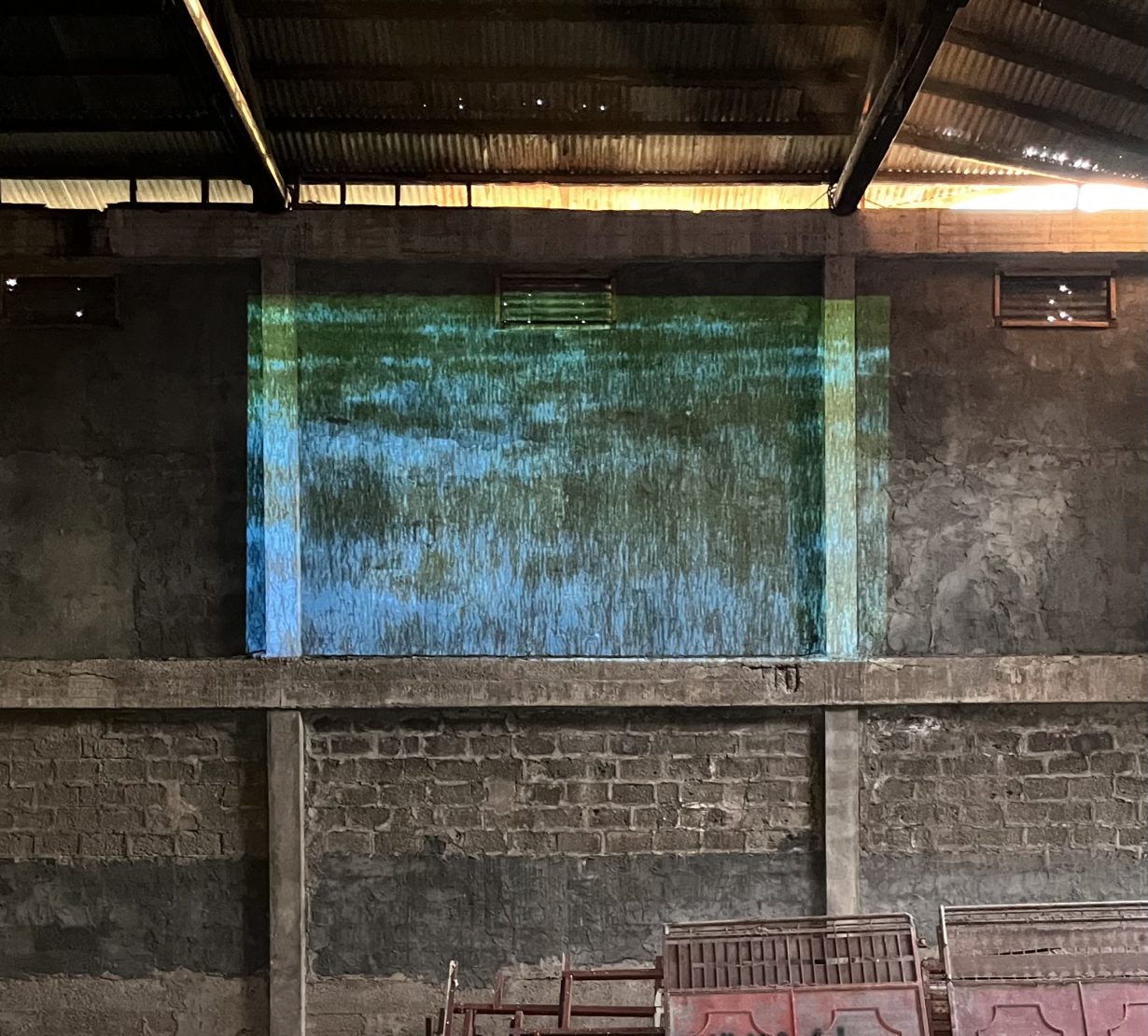
VIVA ExCon
Antique, 8–10 November
Initiated by the Black Artists in Asia collective in 1990, the travelling Visayas Islands Visual Arts Exhibition and Conference (VIVA ExCon) is the Philippines’ longest-running biennial and a beloved fixture in the country’s art ecosystem. This, the 17th edition, organised by Green Papaya Art Projects and the Antique Visual Arts Association, travels to San Jose and Sibolam, in the Antique Province of Panay Island, for the first time, where artwork will be shown across three venues and public spaces, including a former rice mill. Over 60 artists and cultural workers from the Philippines and abroad will descend on the island for the three-day affair. Multidisciplinary artists and collectives, mostly local to the Visayas region and with a focus on community-based projects – including Martha Atienza and GOODLand collective, Kiri Dalena, Mark Salvatus (who will be representing the Philippines in the forthcoming Venice Biennale), SKYLAB and Rural Architecture Forum – make up the exhibition, Suba sa Iraya (in Kinaraya, a phrase that generally translates to ‘swimming towards the source’ or ‘against the current’). The accompanying conference features speakers such as John Tain of Asia Art Archive, Mirwan Andan of ruangrupa and Mayumi Hirano of Load na Dito. This perhaps seems like a lot of art to cover over a three-day period, but VIVA ExCon promises to be well worth the energy and time. Marv Recinto

Taipei Biennial 2023: Small World
Taipei Fine Arts Museum, 18 November 2023–24 March 2024
Small World, as the 13th Taipei Biennial is titled, is directed by an intriguing trinity of thinkers and curators: Hong Kong- and Taipei-based curator Freya Chou, e-flux journal editor Brian Kuan Wood and Reem Shadid, director of the Beirut Art Center in Lebanon. ‘No matter what kind of hell you’ve been through in the past few years,’ they collectively chant in the show’s press release, ‘you have most likely felt and seen endings become beginnings and beginnings abruptly end. You may have run for cover in the nearest enclosure, only to find yourself in a shrinking pod made of cameras and screens feeding your eyeballs and draining your energy. Perhaps it’s time… to explore the unknown power of the ground just underneath our feet.’ In other words, Small World promises to be the opposite perspective to the Shanghai Biennale’s cosmic confection: a reflection on the isolation of the COVID years, the potential for individual agency and a re-thinking of what it means to be ‘close’ to each other. More practically, that means new commissions from Natascha Sadr Haghighian and Pio Abad, alongside works by Kim Beom, the late Huguette Caland, Jumana Manna, Ellen Pau, Hema Shironi and Wang Wei. To name but the smallest tip of the Small World. Nirmala Devi
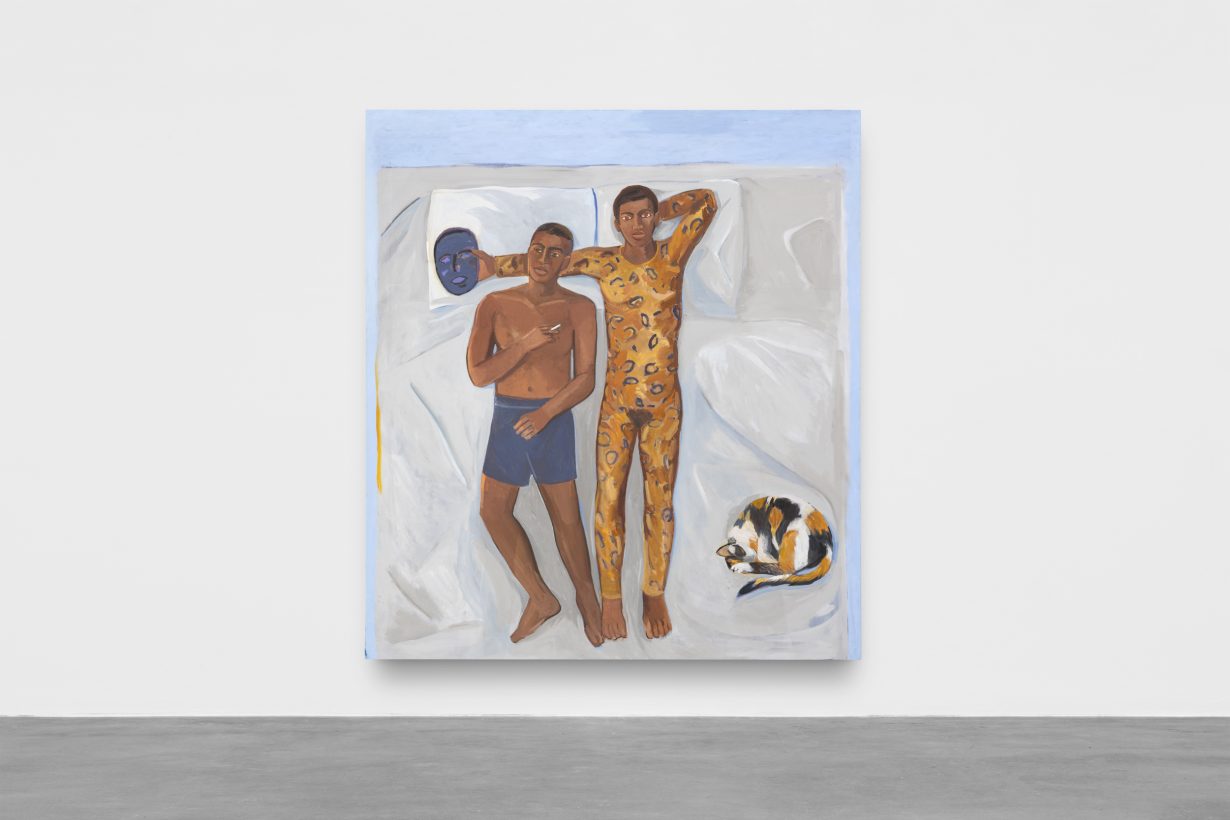
Roberto Gil de Montes: Reverence in Blue
kurimanzutto New York, 9 November–22 December
Roberto Gil de Montes was born in Guadalajara, Mexico, in 1950, and moved with his family to Los Angeles when he was a child. After studying at Otis College of Art and Design in the city, he became involved in the Chicano art movement in and around LA and was part of a generation of Chicanx and queer artists who emerged in the 1970s. He then left and moved to Mexico, taking time to reflect on Chicanx art, returning to California in the early 1980s determined to focus on paintings. His works are populated with fictional and mundane figures – there are poets and fishermen, wild animals and a kitten on the corner of the bed, domestic and exotic scenarios, a mixture that comes together to represent a view of the world that is composite and complex as much as it at first seems stylised. Gil de Montes, who now lives in a small beach town called La Peñita de Jaltemba on the western coast of Mexico, makes paintings that are full of warmth, joy and sensuality also reflect on the darkness of places that are present in the popular imagination as versions paradise. In Temporada de lluvias at Kurimanzutto in Mexico City last years – his first solo show in the country – he showed the painting Boca Chica (2022), in which two men stand on the beach, contemplating a swim in the water, where a hurricane unearthed broken tombstones. Disaster lurks and life is still lived, in all its colour, dark and bright at once. Orit Gat

Elizabeth Englander: Eminem Buddhism, Vol. 2
Gaga Guadalajara, opens 1 November
In German tradition, Nutcracker dolls – rigid little soldiers or carnivalesque figurines, wooden skin pressed back into a menacing smile or melting away like wax – were gifted at Christmas as a token of good fortune, warding off the winter’s spirits, policing the dark. E. T. A. Hoffmann’s short story and then later Tchaikovsky’s ballet added magical schmalz to these decorative utensils. Elizabeth Englander’s sculpture series – the second part of which opens this month at Gaga Guadalajara – inverts this tradition. Here, Nutcracker figurines have been disassembled and dissected, then affixed to wooden frameworks atop children’s furniture. Staring back at us are rosy-cheeked grins, twizzled moustaches like a swish of gastronomic puree and collections of legs bunched together like asparagus, all amended and crucified to axellike rods. Less decorative; more Guillermo del Toro. In previews of Eminem Buddhism, Vol 2, one sculpture riffs off more eclectic, portentous references: wooden grapes dangle from a humanlike frame; a cow’s udder is fixed beneath a stool. A tophat is elevated above; detached from its Nutcracker, it could easily belong to Uncle Sam and his deadened stare. Alexander Leissle

Performa 2023
Various venues, New York, 1–19 November
Performa is back, friends. For this year’s iteration, you can catch performances around the city, hitting – for example – Pilvi Takala’s artist-in-residence showcase at the Performa Hub on Broadway and Canal, before catching the NQR subway uptown (and transferring to the 456 trains) for Haegue Yang’s newly commissioned The Malady of Death (2023) at the Guggenheim. On another evening, you could grab some food prepared by Rirkrit Tiravanija and Antto Melasniemi. I think of particular interest to the growing sect of socially conscious art lovers is a special series of projects dedicated to ‘Protest & Performance: A Way of Life’ that considers the artistic medium and its ability to ‘comment on and effect change’. Hito Steyerl will be presenting a new performance lecture, Medium Hot: Protest as White Noise, about social media and mass movements, while Gregg Bordowitz and Pamela Sneed will be performing the first part of their year-long inquiry into art and health activism. With so much going on for this year’s Performa Biennial, the three-week run probably isn’t even enough time. Marv Recinto
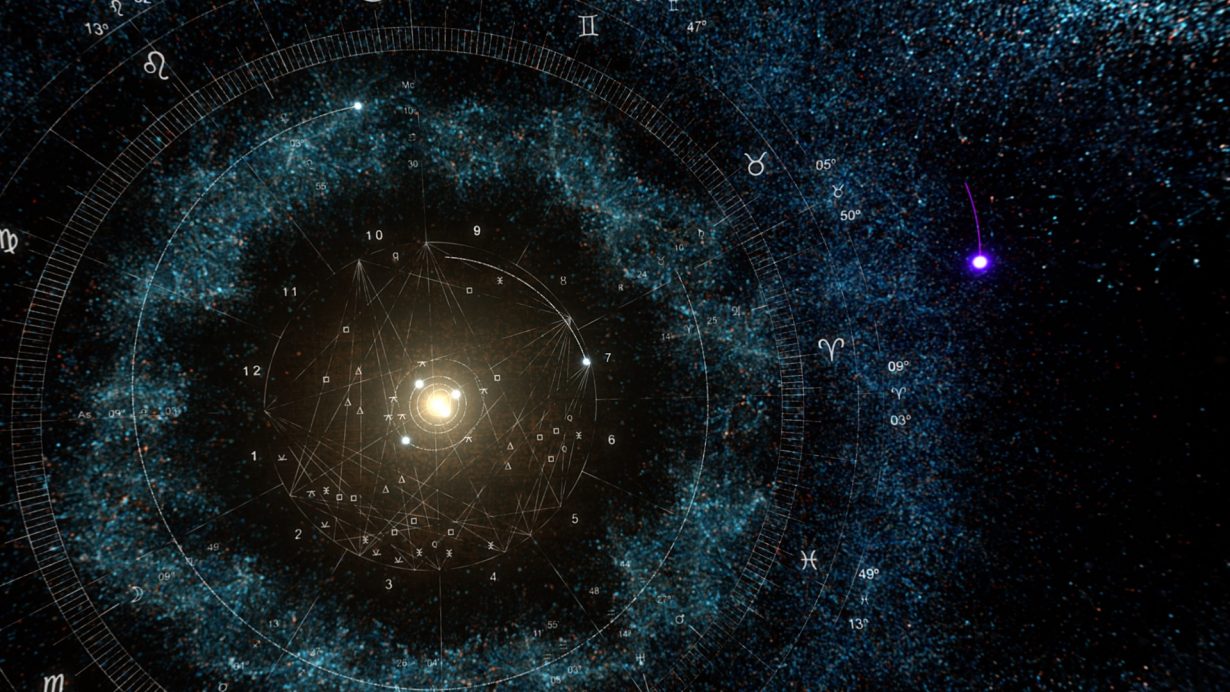
The 14th Shanghai Biennale: Cosmos Cinema
Power Station of Art, Shanghai, 9 November 2023–31 March 2024
Helmed by New York-based artist and publisher Anton Vidokle, the 14th Shanghai Biennale, Cosmos Cinema, is the ideology of ‘Cosmism’. Emerging in Russia at the turn of the nineteenth and twentieth centuries, the notion folded philosophy, religion and ethics in with theories concerning the past, present and future evolution of the cosmos, mixed with a healthy dose of mysticism. It’s a subject that Vidokle, both in his own moving-image works and publications through his e-flux platform, has been pursuing for some time. If the 13th Shanghai Biennale, Bodies of Water, which opened three years ago mid-pandemic, asked us to look within and around us, in this edition Vidokle is asking us to look up, promising that the exhibition ‘will reflect on how artists have advanced our understanding of the relationship between life on earth and the cosmos that nourishes and conditions it’. Perhaps it’s both appropriate and timely, despite its century-old origins, given that the PRC is currently also thinking on a cosmic level and now operates one of the world’s most active space programmes. The artist list, which draws on both local and international scenes, was only announced three weeks before the exhibition’s opening. Given that Vidokle was only (publicly) appointed this past May, presumably it’s all been a bit of a rush. But perhaps that’s the human condition when you’re thinking on a cosmic level. Nirmala Devi
